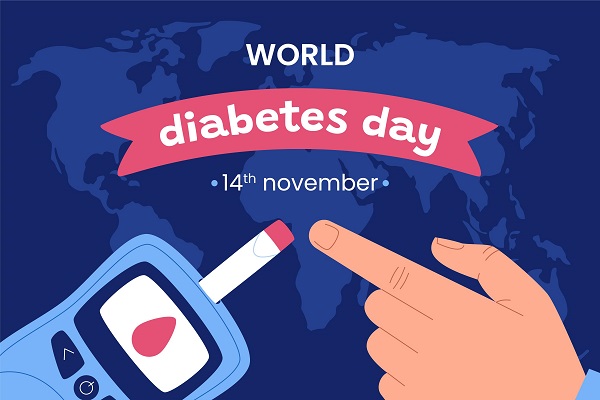Angina (an-JIE-nuh or AN-juh-nuh) is uncomfortable chest pain or discomfort caused by a reduced flow of blood and oxygen to the heart. An angina attack is not generally fatal and does not result in permanent cardiac damage. However, it is a symptom that you may be in danger of a heart attack or stroke. If the cells in your heart do not receive enough oxygen for an extended period of time, they will die. A heart attack causes irreversible damage and can even lead your heart to stop working unexpectedly, a condition known as cardiac arrest.
Living with angina can create anxiety and tension in some people. However, it is possible to control angina and lessen the likelihood of developing further heart complications with a healthy lifestyle modification. Also, taking your medications as prescribed might reduce your chance of angina worsening and developing subsequent issues, such as a heart attack.
Signs and symptoms of Angina
- Chest pain that may be triggered by physical exertion or stress, and stops within a few minutes of resting
- A feeling of tightness, heaviness, or squeezing in the chest. This can feel painful or like a heavy weight lying on the chest. This may spread to the arms, neck, jaw, back, or shoulders.
Other symptoms of angina can include:
- fatigue
- dizziness
- sweating
- feeling sick
- shortness of breath.
Common triggers of angina
Angina can come and go and might last anywhere from seconds to minutes. It frequently occurs when your heart is working harder than normal and requires more oxygen-rich blood than your restricted arteries can provide.
Angina is commonly caused by the following triggers:
- Physical activity
- Emotional tension
- Cold conditions
- Having a huge meal
- Excessive alcohol drinking
Various types of Angina
There are various types of angina. The type is determined by the underlying reason and if rest or medication relieves symptoms.
There are four main types:
- Stable angina.
- Unstable angina.
- Microvascular angina.
- Prinzmetal (variant) angina.
Stable angina:
This is the most prevalent type of angina. It usually occurs during physical activity (exertion) or emotional stress. The pain often lasts 5 minutes or less and feels like indigestion or gas. Pain may spread to the arms, back or other areas but gets resolved with rest or angina medication. The pattern of stable angina pain is predictable and often resembles chest discomfort. The chest pain or discomfort is usually brief, lasting no more than five minutes. Although, it doesn’t require emergency care unless the pain suddenly worsens or doesn’t go away with rest or medication.
Unstable angina (a medical emergency):
Unstable angina is an unexpected pain that occurs during physical activity or when you’re resting or sleeping. It may usually be more severe and last longer than stable angina, perhaps 20 minutes or more. This discomfort may not be relieved by rest or standard angina medications. If the blood flow does not improve, the heart will be deprived of oxygen, which may result in a heart attack. Unstable angina is dangerous and necessitates immediate medical attention.
Prinzmetal angina:
This is caused by something other than coronary artery disease. It is produced by a spasm in the arteries of the heart, caused by stress, smoking, consumption of cocaine or exposure to cold weather which may briefly restrict blood flow. The main sign of variant angina is severe chest pain. It usually happens in cycles, commonly during rest and overnight. Angina medicine may help to alleviate the pain.
Refractory angina:
This is a chronic condition (≥3 months in duration) characterised by angina in the setting of Coronary Artery Disease (CAD), which cannot be controlled despite a combination of medications and lifestyle changes.
Closing thoughts
Although angina is relatively prevalent, it can be difficult to distinguish from other types of chest pain, such as indigestion discomfort. Contact a cardiologist to evaluate whether it is angina or an indication of an illness other than heart disease. Your doctor may inquire about your symptoms and medical history, do a physical examination, analyse your risk factors for heart disease and other cardiovascular disorders, or offer additional tests and screenings.




